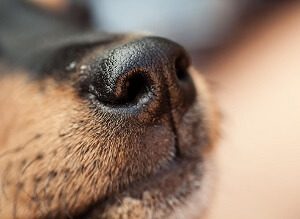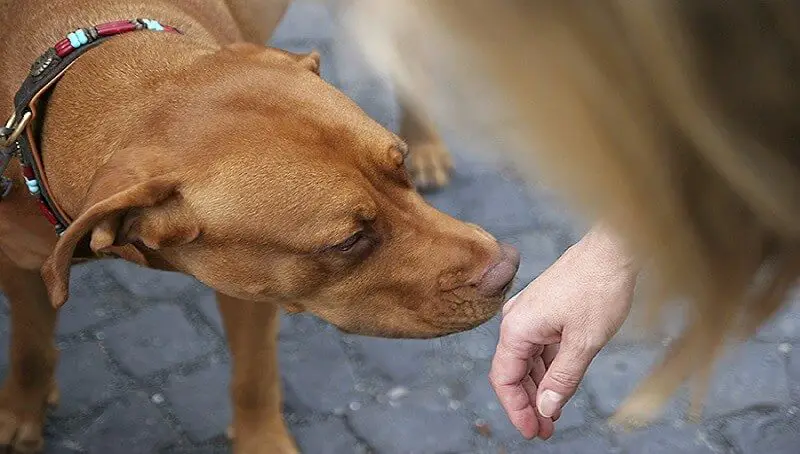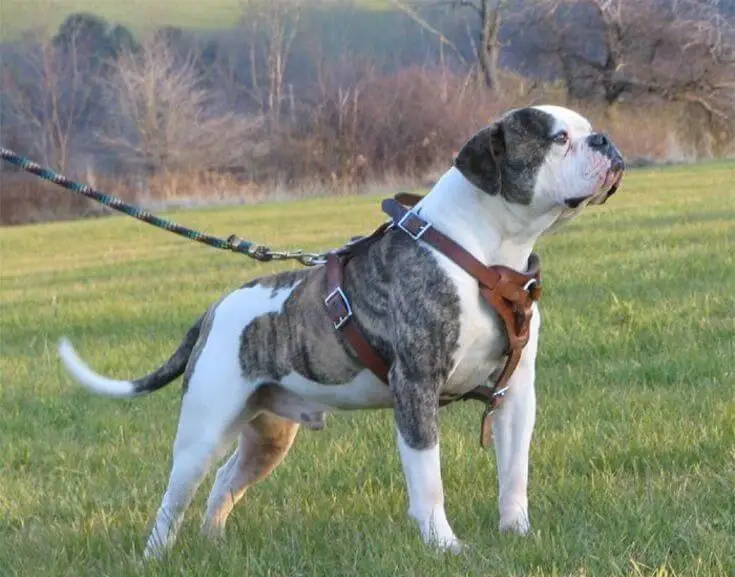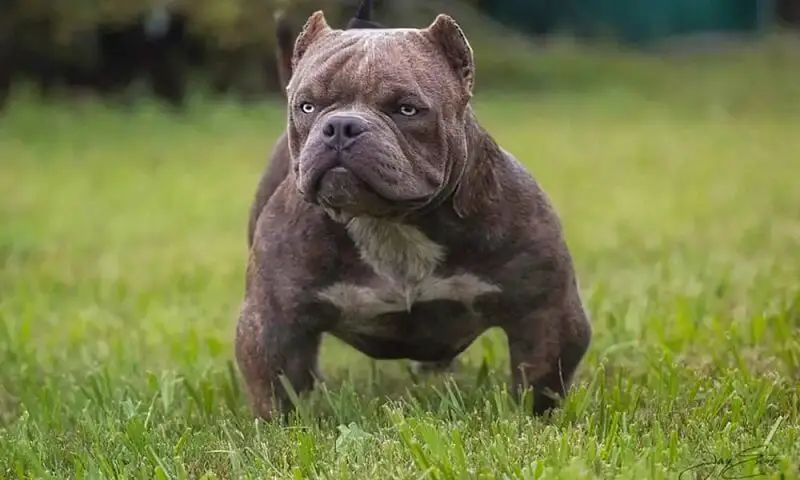When it comes to the sense of smell, dogs are definitely one big step ahead of us, humans. So, it’s not surprising that our four-legged friends often rely on their noses to perform important and even lifesaving tasks, from those who serve as police and military dogs that can sniff the presence of weapons or prohibited substances, to training as service dogs, as they have the ability to alert their epileptic owner to an impending seizure or a diabetic when their blood sugar drops too much.
Sense of smell in dogs
Dogs have a remarkable ability to distinguish and remember smells, which is far superior to humans. Your dog’s sense of smell can be more than 100 times better than yours, with the nose being the most sensitive part of his body. The human nose has only 3 square centimeters of the olfactory membrane, while some dog breeds such as the Bloodhound breed have up to 150 square centimeters of odor-sensitive material. Dogs also have 40 times more smell-processing cells in their brains than humans.
Another factor for a dog’s superior ability to smell is the ability to collect air in a special room of the nose. The air remains inside the room when the animal exhales, so it can smell the molecules accumulated there until it reaches a sufficient concentration, so that the dog can identify a smell.
Apart from being able to distinguish different smells, dogs also have a phenomenal olfactory memory. A dog can remember smells long after being exposed to the original smell. Not only does your dog recognize that a certain neighboring cat passed by a day ago, but it can also even know what the cat ate.
Dogs have an additional organ in the nasal cavity known as the Jacobson organ. The function of this organ can best be described as a combination of taste and smell. Dogs can literally taste the air. A dog that goes through this taste/smell experience usually holds its mouth in a slightly open position that looks like a smile. Scientists call this position the Flehmen reaction. Dogs most often use the Jacobson organ to find out the sex markers, the urine, left behind by other dogs, or when they smell a female at estrus.
Here are some amazing facts about a dog’s sense of smell.
Why should you let your dog sniff when he is out for a walk?
A dog can smell human emotions
 We already know that all dogs can smell a treat or dinner from what seems to be miles away, but research suggests that a dog’s sense of smell can capture much more than food or wild animals, or garbage.
We already know that all dogs can smell a treat or dinner from what seems to be miles away, but research suggests that a dog’s sense of smell can capture much more than food or wild animals, or garbage.
A dog’s nose can also detect fear or even sadness because our canine counterparts can capture the scent of adrenaline, also known as the “fight or flight” hormone. When it comes to the “smell of fear,” an increase in heart rate and blood flow sends distinctive body chemicals to the surface of our skin, which a dog can sense almost immediately.
That’s why we often rely on our best friend as a service or emotional support animal. Because it can be trained to smell anxiety attacks or other adverse events in humans. It is known that some dogs “smell” diseases, including cancer, because they leave specific odor marks in the human body and body secretions, such as sweating, breathing, or urine.
Your dog thinks you and your friends smell
Even though most people shower regularly and try to cover up their body’s natural odors with products like deodorant and perfume, you can’t hide your unique smell from a dog. And, yes, that’s why many dogs will greet you, or, more embarrassing, will poke you with their noses directly in the groin area, which is rich in apocrine sweat glands that produce pheromones, and conveys important social information to your dog.
There is also a good reason why dogs sniff each other
It can also be an uncomfortable situation when you walk your dog and he stops sniffing the genitals or the back of another dog. But for your dog, it’s completely acceptable, and it does it for a good reason. When dogs sniff each other, they discover important details about their new friend, as a dog’s olfactory sense can determine information, from what their new dog companion last ate to an estimate of their age.
And on this note, when dogs “mark” the whole neighborhood, they actually communicate with other dogs. So, sniffing trees, and then marking them promptly, like a business card, is actually a dog’s way of catching up with gossip in the neighborhood.
The dog’s breed can determine how strong his olfactory sense is
You might also like my articles about:
While all dogs have millions of smell receptors buried deep in their nose, not all dogs are equal when it comes to the sense of smell, and it doesn’t always have to do with how big the breed is. For example, a Dachshund has about 125 million olfactory receptors, but a Bloodhound has more than double that value, with about 300 million smell receptors; that is why they are often trained for tracking purposes.
Breeds such as the German Shepherd, a popular choice for service animals, are somewhere in the middle, with about 225 million. To better explain how these numbers are impressive, by comparison, a man’s nose contains only five million smell receptors.
Final words! A dog’s nose is a complex machine
We know that all dogs, and animals in general, have a stronger sense of smell than humans because their nose is structured differently. But dogs also have different breathing methods than we do. For example, each of a dog’s nostrils contains separate holes for inspiration and exhalation and also functions independently. It means they can capture a number of smells coming from different directions.
In addition, humans don’t tend to walk around with their noses to the ground, but dogs will thoroughly investigate every smell they encounter with numerous sniffing. In fact, a dog can sniff at least five to six times a second.




